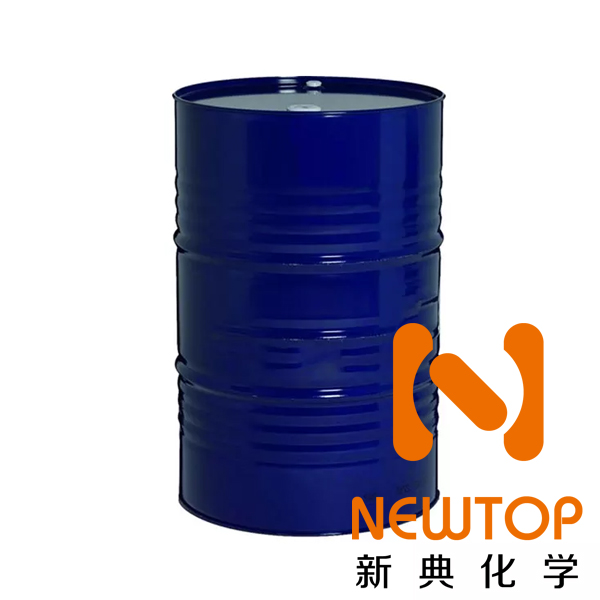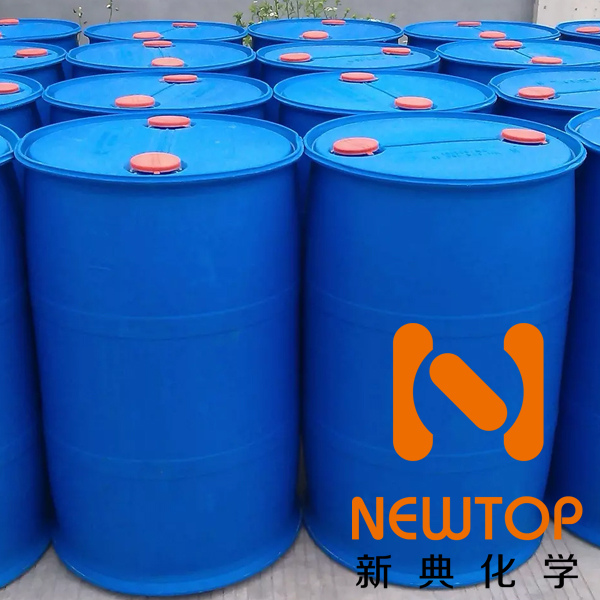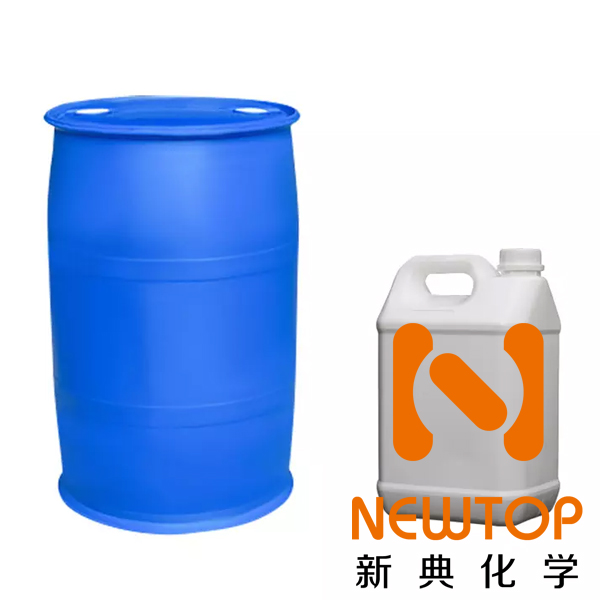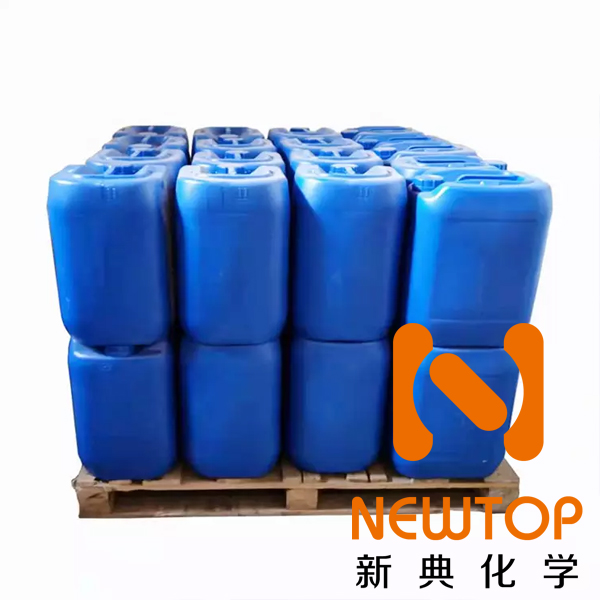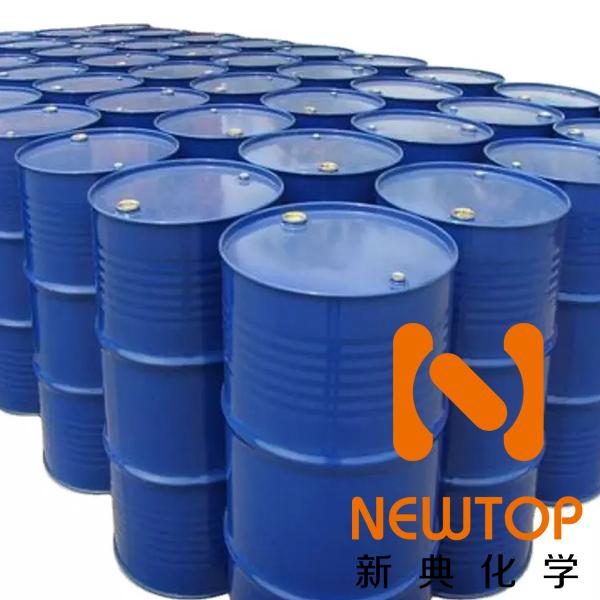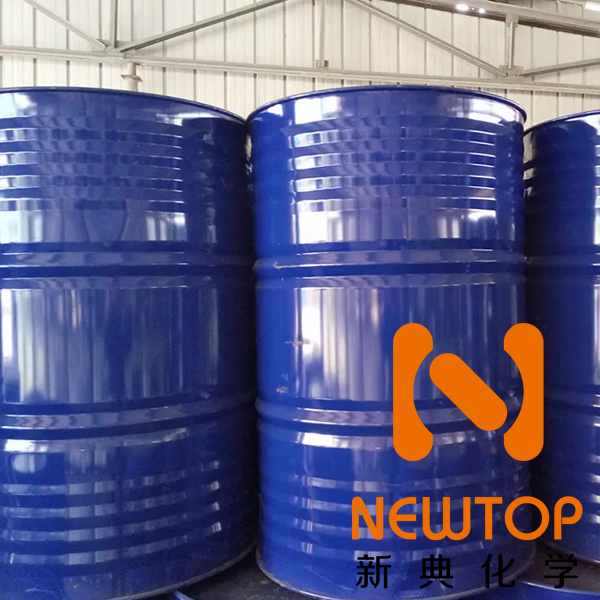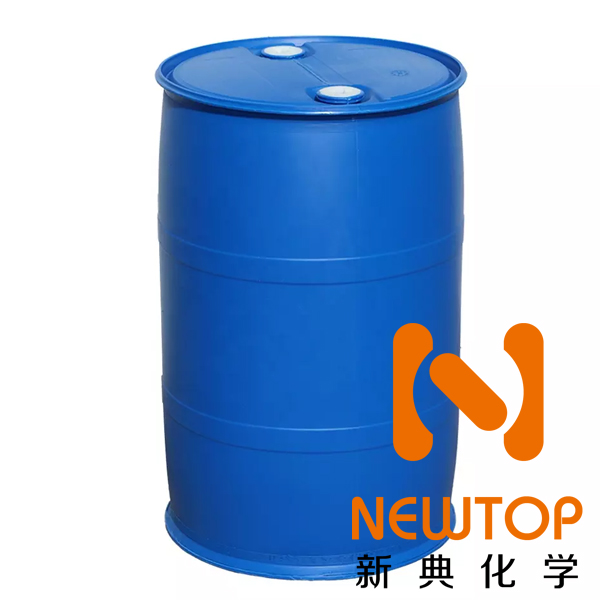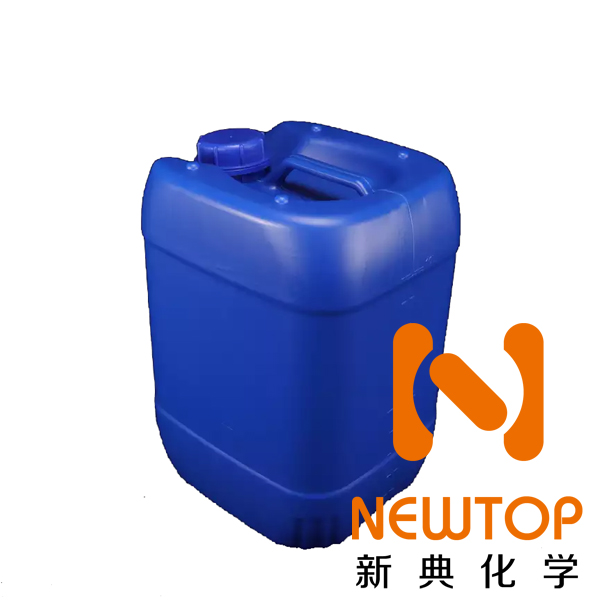FASCAT4202 catalyst dibutyltin dilaurate Arkema PMC
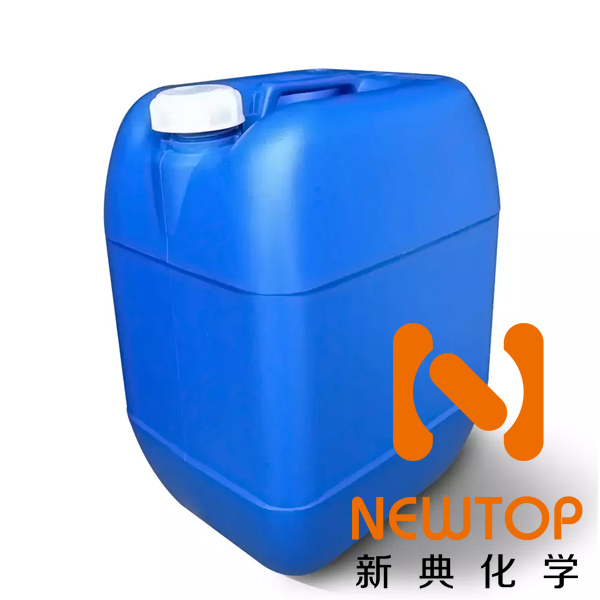
Overview:
Chinese name: FASCAT4202 Catalyst
Alias: Catalyst FASCAT4202, dibutyltin dilaurate, dibutyltin dilaurate, dibutyltin dilaurate, dibutyltin dilaurate, dibutyltin dilaurate, dibutyltin (1-oxododecanoxy) tin, di-n-butyltin dilaurate, di-butyltin dilaurate, di-butyltin (1-oxododecanoxy) tin, di-butyltin dilaurate, di-butyltin (di-butyltin (dodecanoy), di-butyltin dibutyltin dilaurate, di-butyltin (di-butyltin (dodecanoate), di-butyltin, dibutyltin, dibutyltin, dibutyltin, dibutyltin, dibutyltin, Dibutyltin dilaurate /T12, di-n-butyltin dilaurate
Physicochemical properties:
CAS 77-58-7
EC 201-039-8
Molecular formula C32H64O4SN
Melting point: 22-24ºC
Water solubility: Flash point: 226ºC
Property description: Soluble light yellow or colorless oil liquid, low temperature into white crystals, soluble in benzene, toluene, ethanol, acetone and other organic solvents, insoluble in water. Specific gravity d (20℃) 1.04-1.06 refraction n (25℃) 1.460-1.470 melting point 22-24℃ Quality standard: Tin content Sn18.5±0.5 Volatile content ≤0.5 chroma (Pt-Co) ≤200#
Application:
Used in organic synthesis, as a stabilizer of polyvinyl chloride resin

Leak treatment
Stop leaks as much as possible while ensuring safety. If a minor leak is found, treat it with sand or other absorbent material and place it in a clean, dry container for subsequent treatment. If a large amount of leakage occurs, the leaked material should be collected for subsequent treatment. Avoid material entering groundwater or surface water, because it is not easily degraded by biological matter. All collected leakage materials should be disposed of in accordance with the relevant regulations of the local environmental protection department.
Disclaimer
The information and technical advice provided above are obtained from reliable sources, but we do not make any commitment to the data provided by us without express or implied warranties. If you need to use our products, we recommend a series of tests. The application, use, processing or production of products based on the technical information provided by us is outside our control and therefore the responsibility lies with the user. Conditions and methods of handling, storage, use or disposal of this product are beyond our control and may be beyond our knowledge, and under no circumstances will we be liable for loss, damage or related expenses arising from improper handling, storage, use or disposal of this chemical. For more information, please review the technical safety specifications of our products or contact our Marketing Services department.
Safety Information:
Catalyst, rinse with soapy water promptly after contact with skin. The staff can wear an eye mask or safety glasses to achieve the purpose of eye protection. Eye washing and bathing facilities should be available near the workplace. When working in places that may come into contact with the product, you should pay attention to personal hygiene and use detergent to wash the skin in contact with the product before eating, smoking and leaving the work.
Shelf life:
Remain unopened for two years
Storage and Transportation:
Should be sealed, stored in a dry cool ventilated warehouse
Packing:
200KG/ barrel storage: It is recommended to store in a dry and cool area with proper ventilation. After the original packaging, please fasten the packaging cover as soon as possible to prevent moisture and other substances from mixing and affecting the product performance. Do not inhale dust and avoid contact between skin and mucous membrane. Smoking, eating and drinking are prohibited in the workplace. Shower and change after work. Store contaminated clothes separately and use them after washing. Practice good hygiene.
Technical support and business contacts E-mail:sales@newtopchem.com
